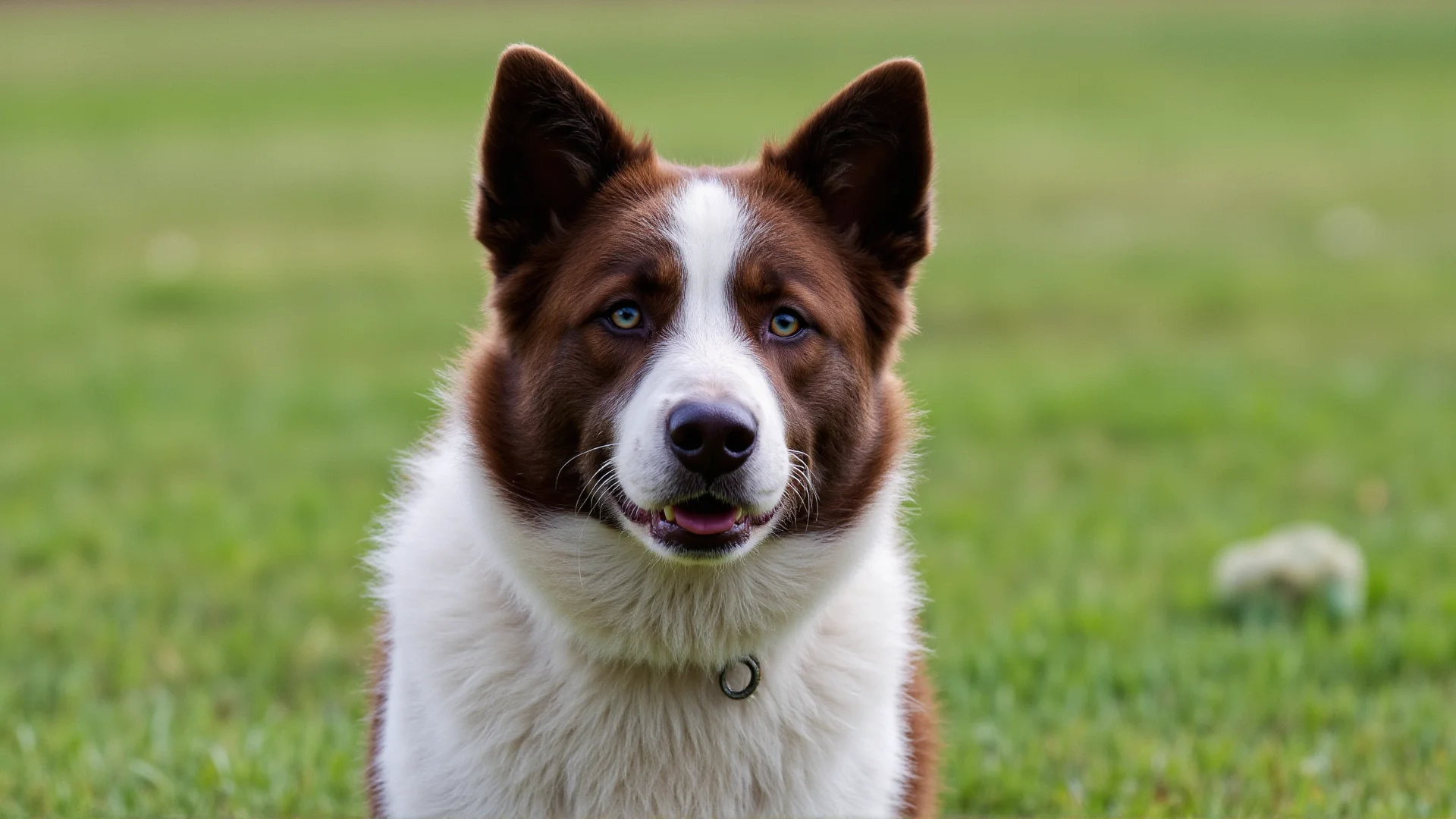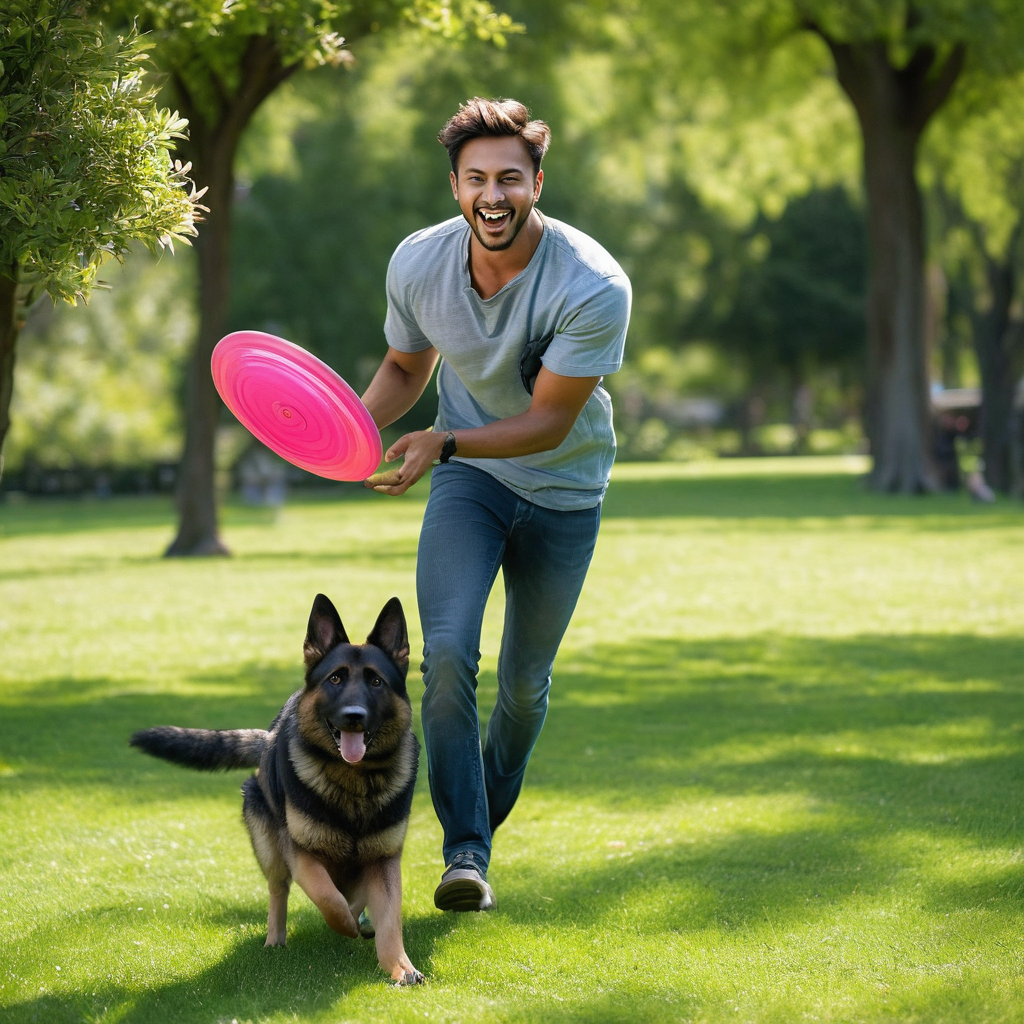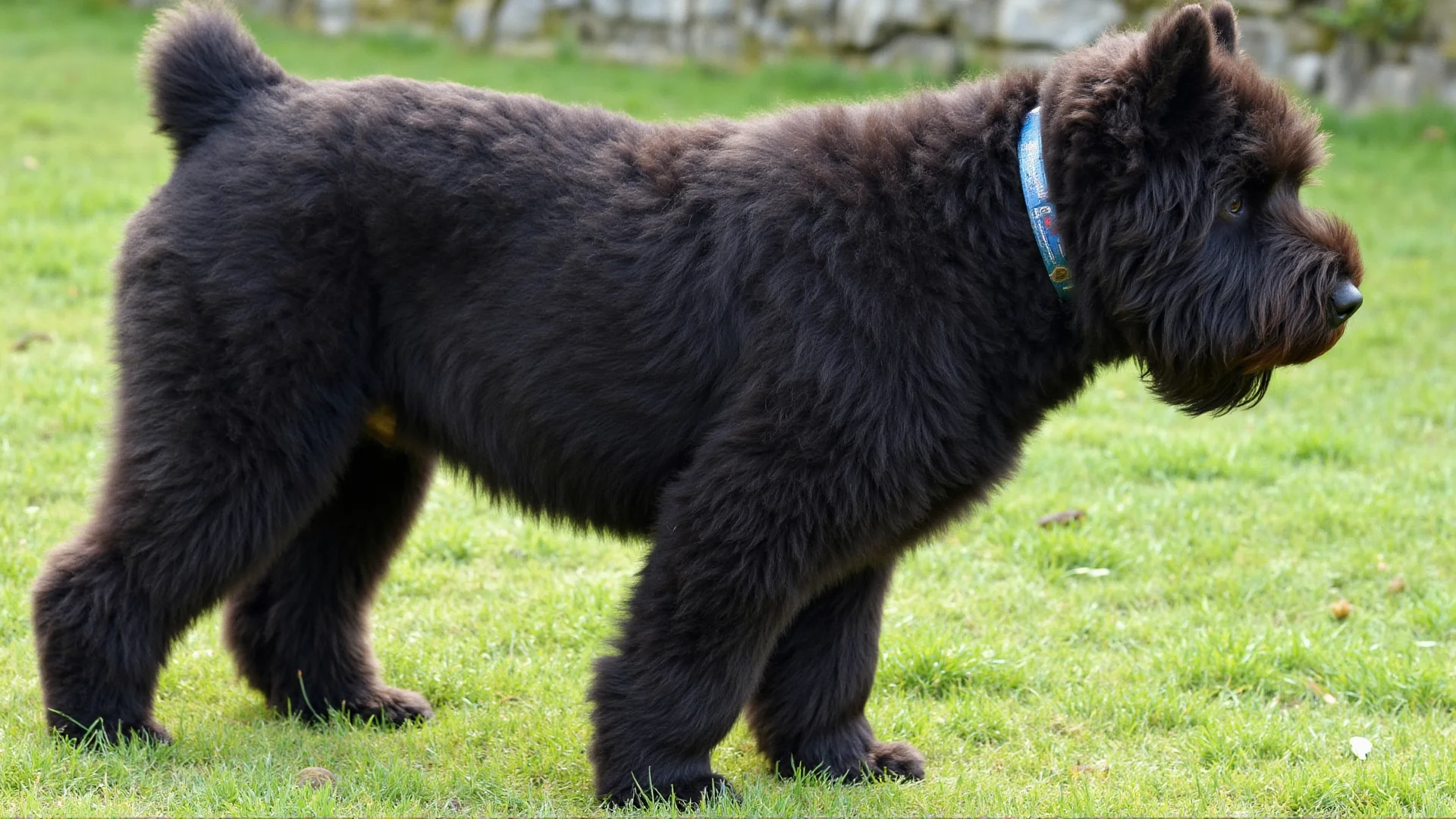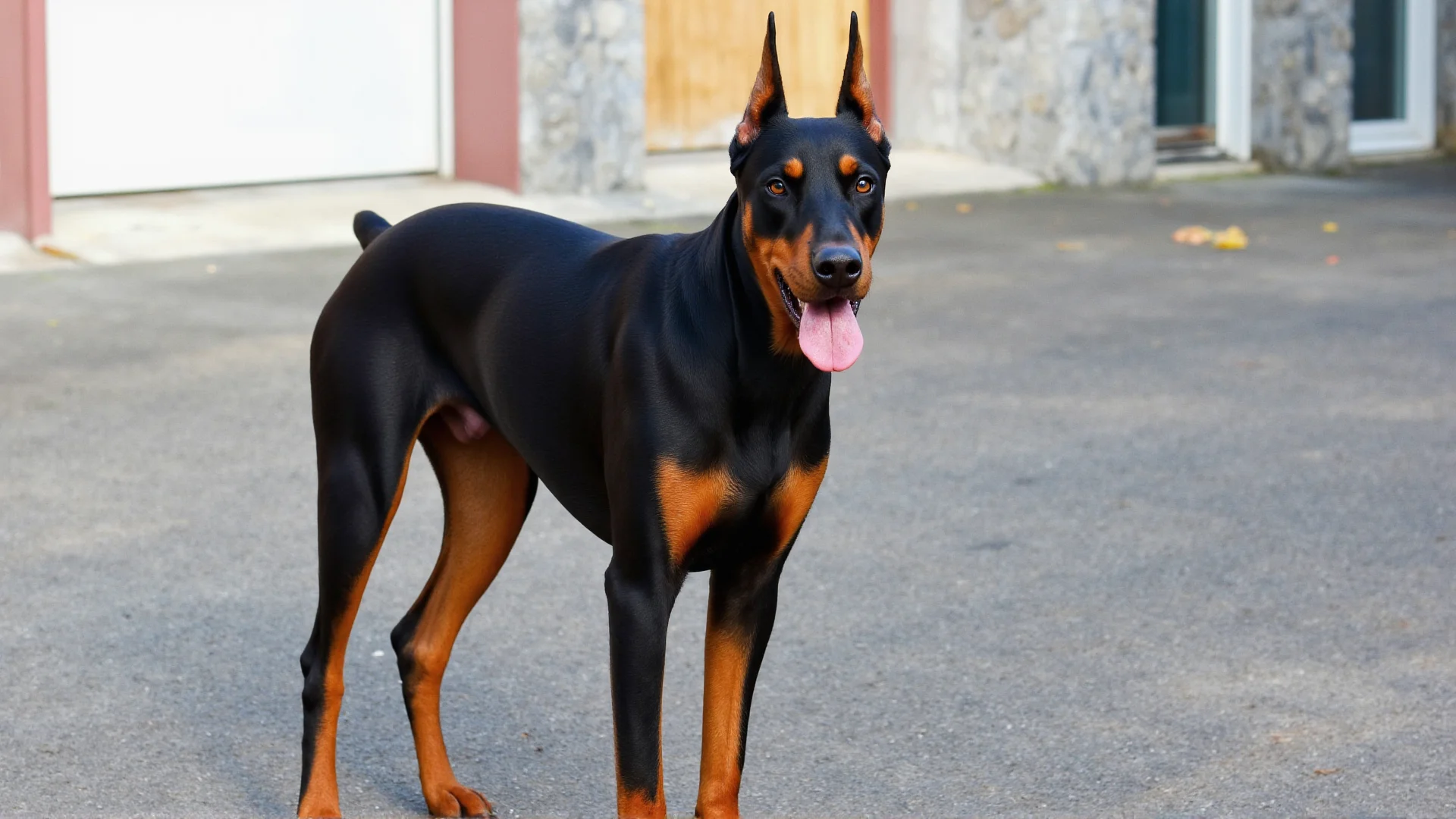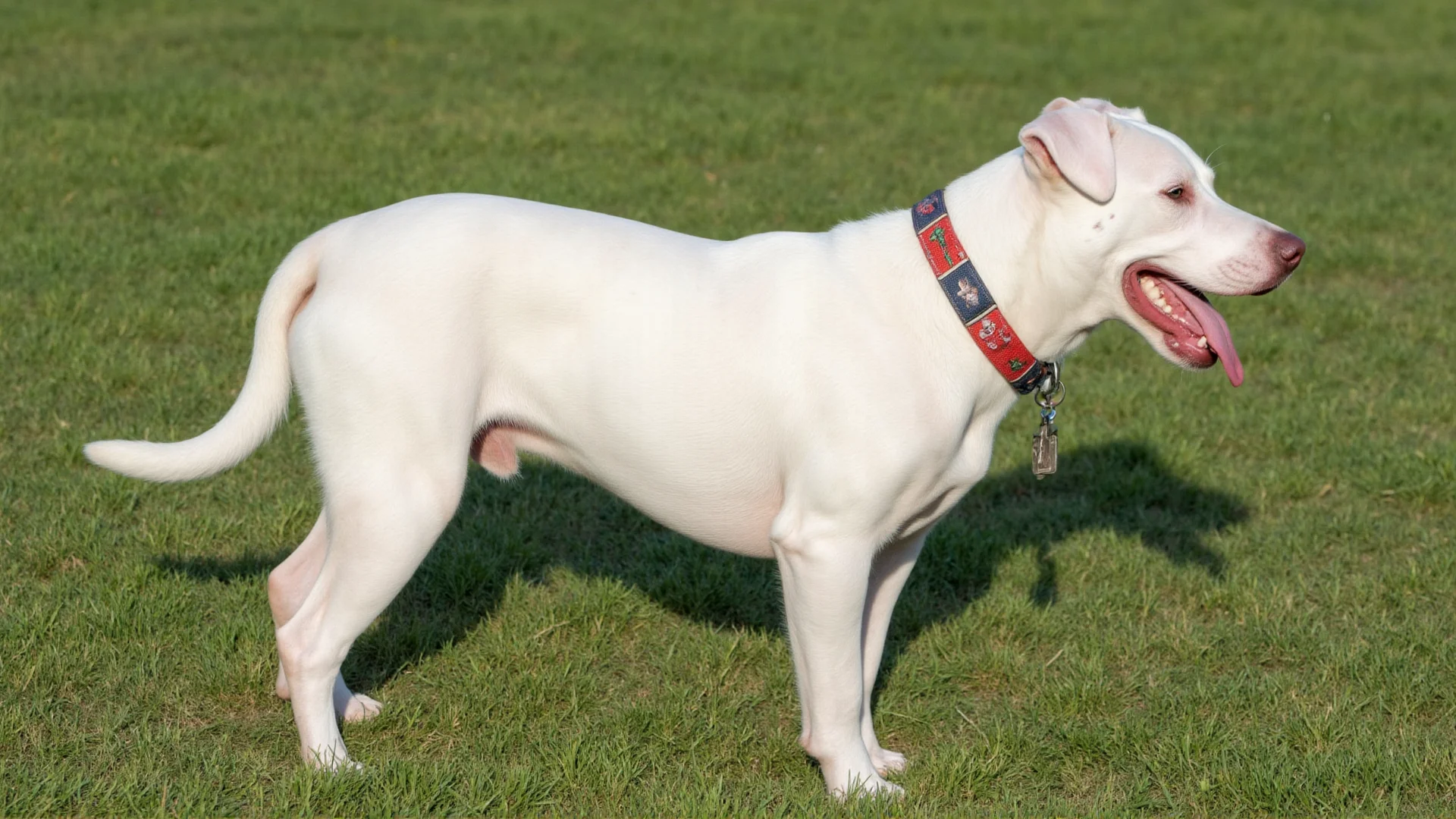Australian Cattle Dog: The Ultimate Working Companion for Active Families
The Australian Cattle Dog, also known as the Blue Heeler or Red Heeler, stands as one of the most remarkable working dog breeds ever developed. Originally bred in the harsh Australian outback for herding cattle across vast distances, these intelligent and energetic dogs have earned their reputation as tireless workers and loyal companions.
The Working Heritage That Defines the Breed
Understanding the Australian Cattle Dog's working background is crucial to appreciating their unique characteristics and needs. Developed in the 1840s by crossing Dingoes with various herding breeds including the Smithfield, these dogs were specifically engineered for the demanding task of moving cattle across Australia's unforgiving terrain.
Their working style is distinctive and purposeful. Unlike many herding breeds that guide livestock from the sides or front, Australian Cattle Dogs work by nipping at the heels of cattle—hence the nickname "Heeler." This technique requires incredible courage, as a single kick from a bull could prove fatal. The breed's low-slung body and quick reflexes evolved specifically to avoid such dangers while maintaining control over much larger animals.
Physical Attributes Built for Work
Every aspect of the Australian Cattle Dog's physique reflects their working purpose. Standing 17-20 inches tall and weighing 35-50 pounds, they possess a compact, muscular build that combines strength with agility. Their distinctive coat comes in two primary variations: blue (often called Blue Heeler) and red speckle (Red Heeler), both featuring the breed's characteristic mottled pattern that helped them blend into the Australian landscape.
The breed's double coat provides protection against harsh weather conditions, while their erect, pointed ears ensure excellent hearing—essential for detecting the subtle sounds of moving cattle or their handler's distant commands. Their eyes, typically dark brown, reflect an alert intelligence that working dog enthusiasts immediately recognize.
Intelligence and Trainability: A Working Dog's Mind
Australian Cattle Dogs consistently rank among the most intelligent dog breeds, and this intelligence manifests in ways that both delight and challenge their owners. Their problem-solving abilities are legendary among working dog handlers, often finding creative solutions to herding challenges that surprise even experienced trainers.
However, this intelligence comes with high expectations for mental stimulation. A bored Australian Cattle Dog can quickly become destructive, using their problem-solving skills in ways their owners won't appreciate. They require jobs to do, whether that's actual livestock work, dog sports, or carefully structured training sessions.
Training Requirements for Working Success
Training an Australian Cattle Dog requires understanding their working mentality. These dogs don't simply follow commands—they think about them. This can lead to selective hearing if they don't understand the purpose behind a command or if they perceive a better solution to the problem at hand.
Successful training programs for Australian Cattle Dogs incorporate several key elements:
- Consistency and Clear Leadership: These dogs need to understand their place in the pack hierarchy and respect their handler's authority
- Mental Challenges: Simple repetitive exercises bore them quickly; training should involve problem-solving elements
- Physical Activity Integration: Training sessions should incorporate physical exercise to tire their bodies while engaging their minds
- Early Socialization: Exposure to various people, animals, and situations prevents the development of overprotective behaviors
Exercise and Activity Requirements
The exercise needs of an Australian Cattle Dog cannot be overstated. Bred to work cattle for 8-12 hours daily across challenging terrain, these dogs possess seemingly unlimited energy reserves. A simple daily walk, while appreciated, falls far short of meeting their exercise requirements.
Ideal exercise routines for Australian Cattle Dogs include:
High-Intensity Activities
Activities that engage both their physical and mental capabilities work best. Agility training, herding trials, and advanced obedience work provide the kind of challenging exercise these dogs crave. Many owners find success with activities like frisbee, where the dog must track, chase, and capture a moving target while following handler commands.
Job-Based Exercise
Australian Cattle Dogs excel when given actual work to perform. This might include herding livestock, pulling carts, or participating in search and rescue training. Even urban dogs can benefit from jobs like carrying a backpack during hikes or learning to help with household chores.
Mental Stimulation Activities
Puzzle toys, scent work, and complex training routines help tire their active minds. Many owners rotate through different types of mental challenges to keep their dogs engaged and prevent boredom-related behavioral issues.
Working Applications in Modern Settings
While fewer Australian Cattle Dogs work traditional cattle ranches today, their working abilities translate beautifully to modern applications. Their intelligence, loyalty, and work ethic make them excellent candidates for various specialized roles.
Livestock and Ranch Work
On working ranches, Australian Cattle Dogs remain unparalleled. Their ability to work independently while maintaining communication with their handler makes them invaluable for managing large herds across extensive properties. Many ranchers consider a well-trained Australian Cattle Dog worth several human workers.
Dog Sports and Competition
The breed excels in competitive dog sports, particularly those that test both physical ability and intelligence. Agility competitions, herding trials, obedience competitions, and even protection sports showcase their versatile working abilities.
Service and Working Roles
Australian Cattle Dogs serve successfully as police K-9s, search and rescue dogs, and even therapy animals in specialized settings. Their size makes them more manageable than larger working breeds while their intelligence and trainability rival any breed.
Challenges and Considerations for Potential Owners
While Australian Cattle Dogs make incredible companions for the right families, they're not suitable for everyone. Potential owners must honestly assess their ability to meet this breed's substantial needs.
Time and Energy Commitment
These dogs require significant daily time investment. Beyond exercise needs, they crave interaction with their families and don't do well when left alone for extended periods. Families considering this breed should expect to dedicate 2-3 hours daily to exercise, training, and interaction.
Space Requirements
While Australian Cattle Dogs can adapt to various living situations, they thrive with access to secure outdoor space where they can run and play freely. Apartment living is possible but requires exceptional commitment to providing adequate exercise and mental stimulation.
Behavioral Challenges
Without proper outlets for their energy and intelligence, Australian Cattle Dogs can develop problematic behaviors including excessive barking, destructive chewing, digging, and even nipping at family members' heels—a carryover from their herding instincts.
Health and Longevity Considerations
Australian Cattle Dogs are generally healthy, hardy dogs with lifespans often reaching 13-16 years. However, like all breeds, they're susceptible to certain health conditions that potential owners should understand.
Common Health Issues
Hip dysplasia, progressive retinal atrophy, and osteochondritis dissecans (OCD) occur in the breed but remain relatively uncommon with responsible breeding practices. Deafness, both congenital and acquired, appears more frequently and requires special consideration in working environments.
Preventive Care
Regular veterinary checkups, appropriate vaccinations, and preventive care help ensure long, healthy lives. Their active lifestyle makes them prone to minor injuries, so owners should be prepared for occasional veterinary visits related to cuts, sprains, or other activity-related issues.
Finding the Right Australian Cattle Dog
Whether seeking a working partner or family companion, finding the right Australian Cattle Dog requires careful consideration of sources and individual temperaments.
Working Line vs. Companion Line Dogs
Dogs from working lines often display more intense herding instincts and higher energy levels, making them ideal for actual ranch work but potentially challenging for inexperienced owners. Companion lines may be somewhat more moderate while retaining the breed's essential characteristics.
Reputable Breeders and Rescue Options
Responsible breeders health test their breeding stock and carefully match puppies to appropriate homes. Australian Cattle Dog rescue organizations also provide wonderful dogs, often already house-trained and past the destructive puppy phase.
Building a Lifelong Partnership
Success with an Australian Cattle Dog depends on understanding and embracing their working heritage while channeling their natural abilities into appropriate outlets. These dogs don't just want to please their owners—they want to work alongside them as true partners.
The reward for meeting an Australian Cattle Dog's needs is a relationship unlike any other. These dogs form intense bonds with their families, displaying loyalty and devotion that working dog enthusiasts describe as almost supernatural. They seem to anticipate their handler's needs and respond to subtle cues that other breeds might miss entirely.
For active families ready to embrace the challenge and commitment required, the Australian Cattle Dog offers an unparalleled companion. Their intelligence, athleticism, and unwavering devotion make every day an adventure, whether working cattle on a ranch or simply navigating the challenges of modern family life.
The Australian Cattle Dog represents the very best of working dog breeding—intelligence, courage, loyalty, and an unshakeable work ethic wrapped in a compact, athletic package. For those ready to meet their needs, these remarkable dogs provide a lifetime of partnership, adventure, and unwavering devotion.
